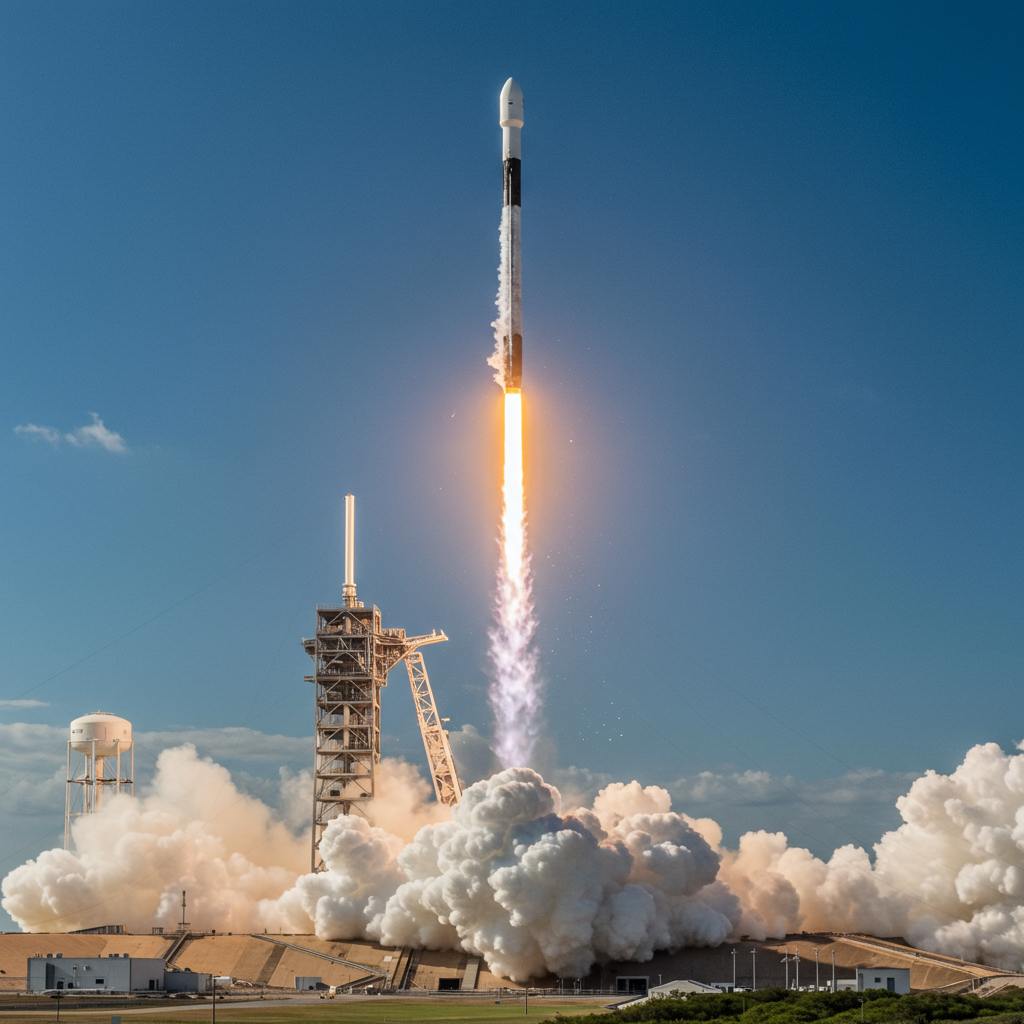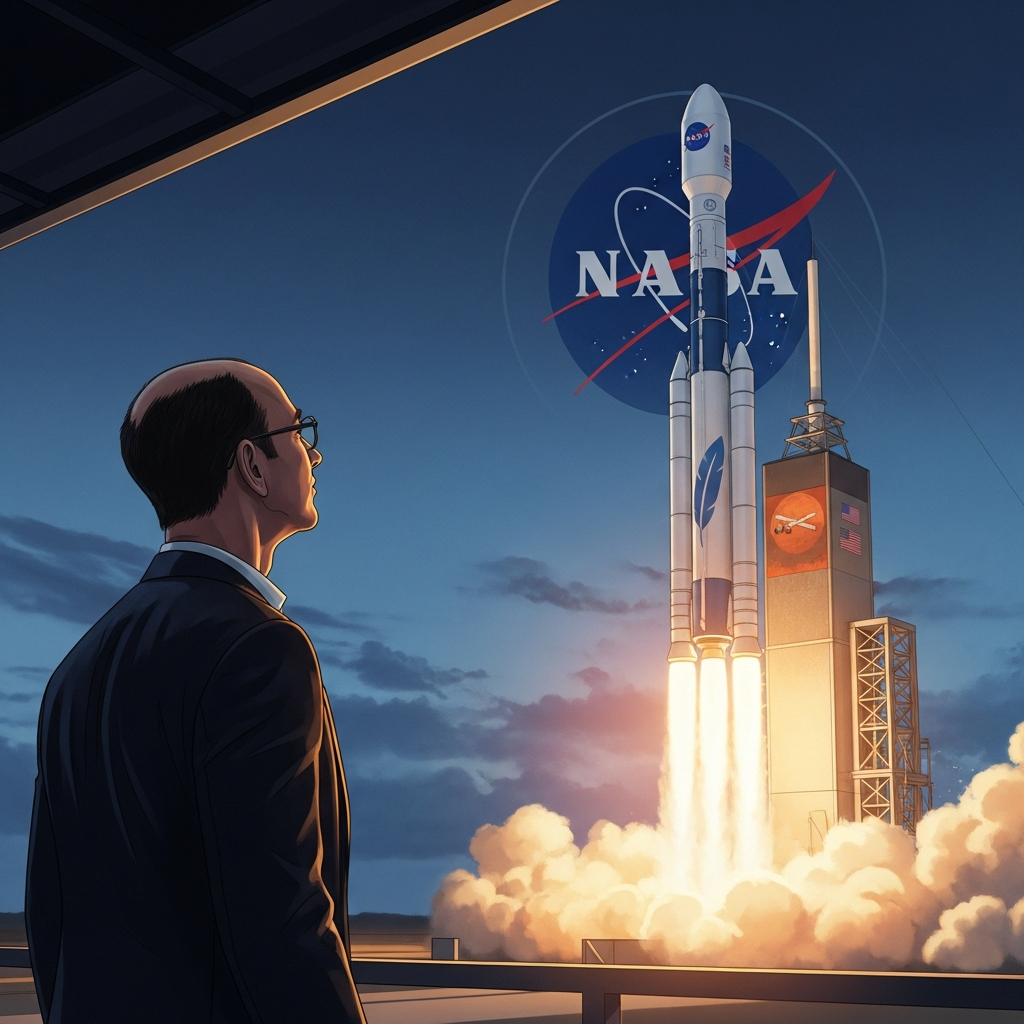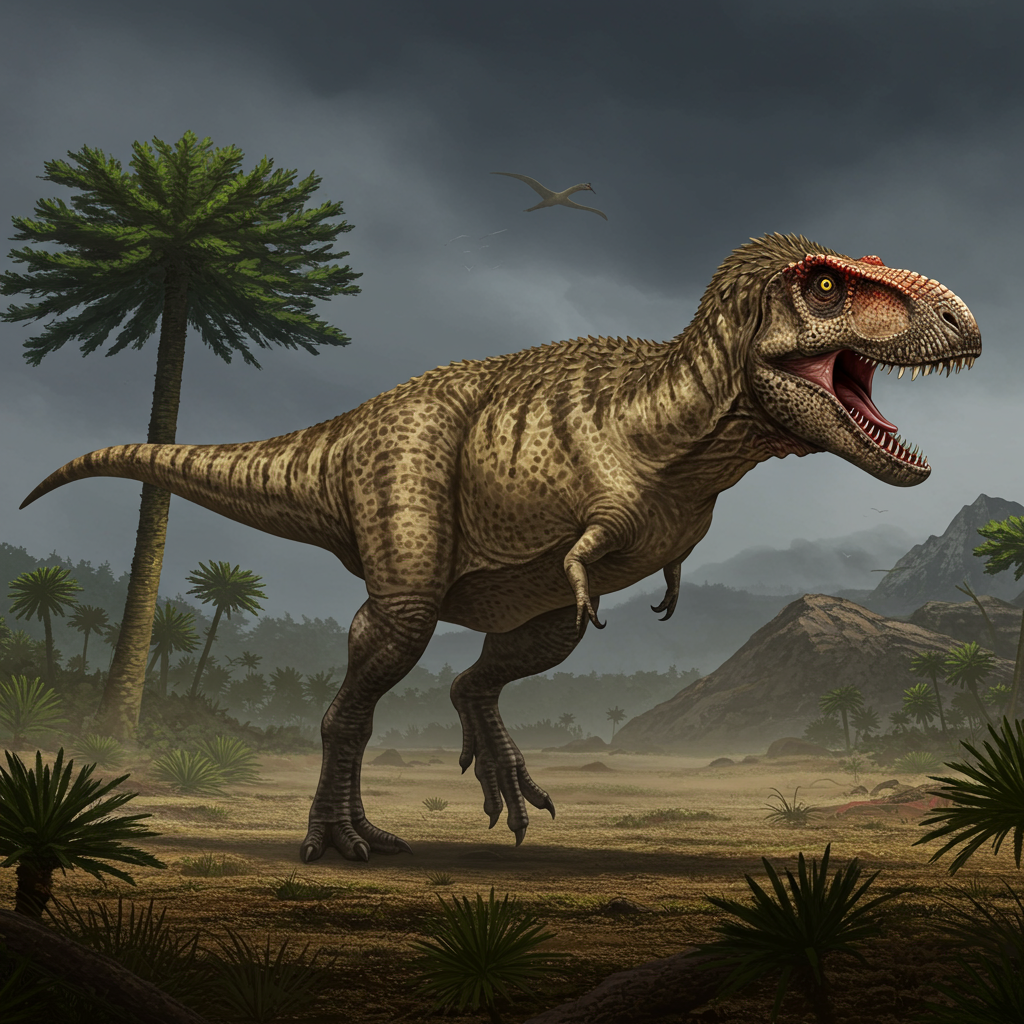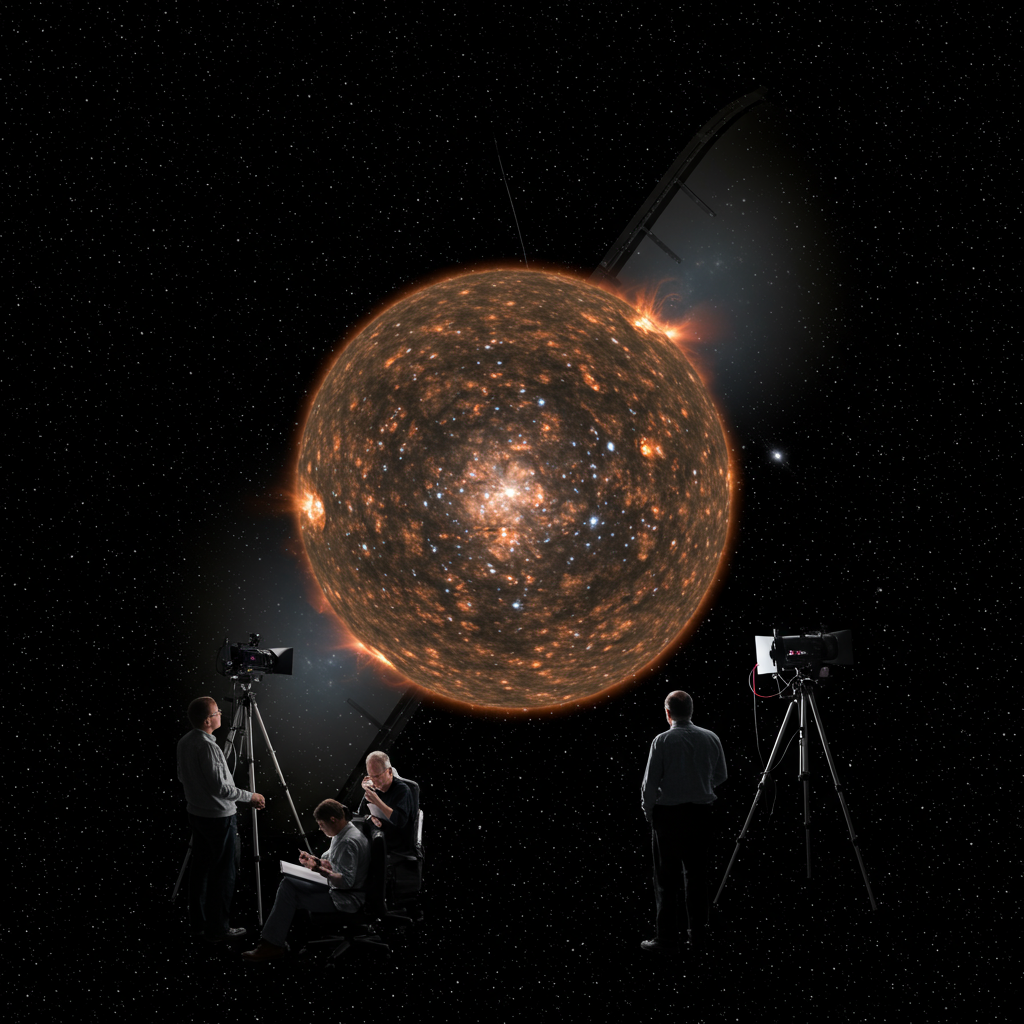On September 24, 2025, a groundbreaking collaborative effort between NASA and the National Oceanic and Atmospheric Administration (NOAA) ushered in a new era of understanding and protection against space weather. Three cutting-edge spacecraft, launched aboard a SpaceX Falcon 9 rocket from NASA’s Kennedy Space Center in Florida, are now en route to map the Sun’s profound influence across the solar system. This ambitious endeavor aims to create an “ultimate interplanetary survival guide,” safeguarding everything from Earth’s vital infrastructure to future human missions to the Moon and Mars.
The Launch: Pioneering Solar System Exploration
The journey began precisely at 7:30 a.m. EDT when the powerful SpaceX Falcon 9 rocket lifted off from Launch Complex 39A. Aboard were NASA’s Interstellar Mapping and Acceleration Probe (IMAP), the Carruthers Geocorona Observatory, and NOAA’s Space Weather Follow On-Lagrange 1 (SWFO-L1). This pivotal launch signifies a critical step in enhancing national space weather readiness, a necessity highlighted by acting NASA Administrator Sean Duffy for protecting satellites, interplanetary missions, and astronauts from the inherent dangers of space weather.
Why Space Weather Matters: Protecting Our Interconnected World
Space weather, driven by the Sun’s continuous emission of energetic particles known as solar wind, isn’t just an abstract cosmic phenomenon. It directly impacts our daily lives and technological infrastructure. From disruptions to power grids and GPS systems to posing serious threats to orbiting satellites and astronauts, solar activity demands constant vigilance. Joe Westlake, Heliophysics Division director, emphasized that this knowledge is crucial for the safety and resilience of our interconnected world. These missions provide essential foresight, enabling decision-makers to take proactive steps to protect vital interests on Earth and in space.
Three Missions, One Critical Goal: Decoding the Sun’s Influence
Each of the three spacecraft embarks on a distinct yet interconnected mission, contributing to a comprehensive understanding of the Sun’s effects, from its origin to the far reaches of interstellar space. Their combined observations will paint an unprecedented picture of our cosmic environment.
IMAP: Charting the Heliosphere’s Edge and Beyond
The Interstellar Mapping and Acceleration Probe (IMAP) is a cornerstone of this initiative, designed to explore and map the heliosphere. This protective bubble, inflated by the solar wind, shields our solar system from harmful galactic cosmic rays—a fundamental factor in making Earth habitable. IMAP will not only chart this boundary but also sample and measure solar wind particles streaming from the Sun and energetic particles entering our solar system from beyond.
David McComas, IMAP’s principal investigator at Princeton University, noted that the mission will deepen our understanding of how the space environment affects technology and reveal the science of our cosmic neighborhood. Los Alamos National Laboratory (LANL) developed two key instruments for IMAP. IMAP-Hi (High Energy Neutral Atom Imager), led by Herb Funsten, will collect and map energetic neutral atoms (ENAs), allowing scientists to “see” the otherwise invisible heliosphere boundary. Another LANL instrument, the Solar Wind Electron (SWE), led by Ruth Skoug, will provide critical real-time observations of solar wind electrons and energetic particles. This real-time data is projected to offer about a half-hour warning of impending space weather before it reaches Earth, providing invaluable time for protective measures.
Carruthers Geocorona Observatory: Unveiling Earth’s Outermost Shield
The Carruthers Geocorona Observatory marks a pioneering effort as the first mission entirely dedicated to studying changes in Earth’s exosphere—the outermost layer of our atmosphere. This layer plays a vital role in how Earth responds to space weather. By observing the geocorona, the ultraviolet glow produced when sunlight interacts with the exosphere, the mission will reveal how this atmospheric shield reacts to solar storms and seasonal changes.
This mission builds upon the legacy of Dr. George Carruthers, a distinguished scientist and inventor, whose instrument aboard Apollo 16 first imaged the geocorona. Lara Waldrop, the mission’s principal investigator, affirmed that the Carruthers mission will illuminate exospheric dynamics and significantly improve our predictions of solar activity’s impacts on Earth.
SWFO-L1: NOAA’s 24/7 Space Weather Sentinel
NOAA’s Space Weather Follow On-Lagrange 1 (SWFO-L1) is an innovative, full-time operational space weather observatory—a true first of its kind. Positioned to maintain a constant, uninterrupted watch on the Sun’s activity and space conditions near Earth, SWFO-L1 promises faster and more accurate space weather forecasts.
Richard Ullman, deputy director of NOAA’s Office of Space Weather Observations, highlighted SWFO-L1’s crucial role in providing continuous monitoring. Its real-time observations will deliver the trusted data necessary for issuing advance warnings. This enables swift action to protect critical infrastructure, economic interests, and national security assets on Earth and in space, thereby safeguarding society from hazardous space weather events.
Journey to L1: The Ultimate Vantage Point
In the hours following their successful launch, all three spacecraft gracefully deployed from the Falcon 9 rocket and confirmed their operational status with signals to Earth. Over the coming months, they will embark on a journey to their shared destination: Lagrange point 1 (L1). Located approximately one million miles from Earth, between our planet and the Sun, L1 offers a gravitationally stable position. This unique vantage point provides an uninterrupted view of the Sun, crucial for continuous space weather monitoring. By January, upon arrival and completion of instrument checkouts, these missions will fully commence their vital work, deepening humanity’s understanding of space weather and bolstering our defenses against its effects.
Collaborative Power: The Teams Behind the Missions
These complex missions are the fruit of extensive collaboration and expertise. David McComas of Princeton University leads the IMAP mission, with the Johns Hopkins Applied Physics Laboratory building and operating the spacecraft. The Carruthers Geocorona Observatory is led by Lara Waldrop from the University of Illinois Urbana-Champaign, with mission implementation by the Space Sciences Laboratory at University of California, Berkeley, and spacecraft construction by BAE Systems. Both IMAP and Carruthers are managed by NASA’s Goddard Space Flight Center. The SWFO-L1 mission is managed by NOAA, developed with NASA Goddard and commercial partners, and its launch services were managed by NASA’s Launch Services Program. These institutional contributions underscore the vast scientific and engineering effort underpinning this initiative.
Looking Ahead: Securing Humanity’s Future in Space
As the United States prepares for ambitious ventures like returning humans to the Moon and eventually sending them to Mars, the insights gained from these missions become indispensable. Nicola Fox, associate administrator of NASA’s Science Mission Directorate, aptly described them as providing an “ultimate interplanetary survival guide.” This knowledge is fundamental for ensuring a prepared, safe, and sustained human presence beyond Earth’s protective magnetosphere. By proactively mapping the Sun’s influence and improving space weather forecasting, these missions secure humanity’s pioneering spirit and technological resilience in the vast expanse of space.
Frequently Asked Questions
What is the primary goal of NASA and NOAA’s new space weather missions?
The main goal of these three missions is to comprehensively investigate the Sun’s influence across the solar system and enhance global readiness for space weather events. They aim to safeguard ground-based technology, satellites, and human/robotic space explorers from the harsh conditions of space weather. This includes improving forecasts, understanding the heliosphere’s protective role, and monitoring Earth’s atmospheric response to solar activity.
Why are these three spacecraft traveling to Lagrange point 1 (L1)?
Lagrange point 1 (L1) is a gravitationally stable location approximately one million miles from Earth, situated directly between Earth and the Sun. This unique vantage point allows the spacecraft to have a continuous, uninterrupted view of the Sun. This constant observation is critical for real-time monitoring of solar activity and space conditions, enabling earlier and more accurate warnings of impending space weather events before they impact Earth or nearby spacecraft.
How will these space weather missions directly benefit daily life and technology on Earth?
These missions will significantly improve the protection of critical infrastructure on Earth, such as power grids, communication systems, and GPS, which are vulnerable to space weather disruptions. By providing quicker and more accurate forecasts, they allow decision-makers to take proactive measures. For example, the IMAP mission’s instruments are expected to provide about a half-hour warning of incoming solar wind, crucial for mitigating potential damage and ensuring the resilience of our interconnected world.
In essence, these missions are not just about scientific discovery; they are about practical protection and preparedness in an increasingly space-dependent world. They will provide vital insights for long-duration human spaceflight, while simultaneously shielding the technological backbone of modern society here on Earth.




